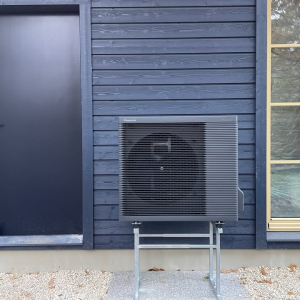Temperature regulation in rooms
Fresh air and a consistent temperature are of great importance in living spaces. Prolonged stays in both overheated and underheated rooms with poor air quality are detrimental to health. In overheated rooms, the air is too dry, irritating the respiratory mucous membranes and potentially causing inflammatory processes. Conversely, in rooms with excessively low temperatures, colds may occur. The normal room temperature is considered to be between +20°C and +22°C.
The task of automatic devices is to supply radiators and underfloor heating with water at a regulated temperature, as the temperature of the water coming from an efficiently operating solid fuel boiler is too high for the central heating system. The temperature of the heating water must be regulated in advance by automatic devices equipped with mixing units.
When choosing automatic devices, it is essential to ensure they meet the required demands effectively. If there are changes in the external temperatures, the automation must detect this. Despite any significant changes in external conditions, the automation must unwaveringly ensure the desired consistent temperature inside the house. Thanks to the efficient operation of automation, fuel savings are also achieved.
Using proper and reliable automatic devices to regulate the heating water in a house can save up to 25% of thermal energy compared to a system without automation, and in some cases, even up to 40%.
It is essential to install thermostat valves on radiators. Thermostats react quickly, preventing noticeable temperature fluctuations in the rooms. Additionally, radiator thermostats allow the temperature to be adjusted lower in different rooms.





